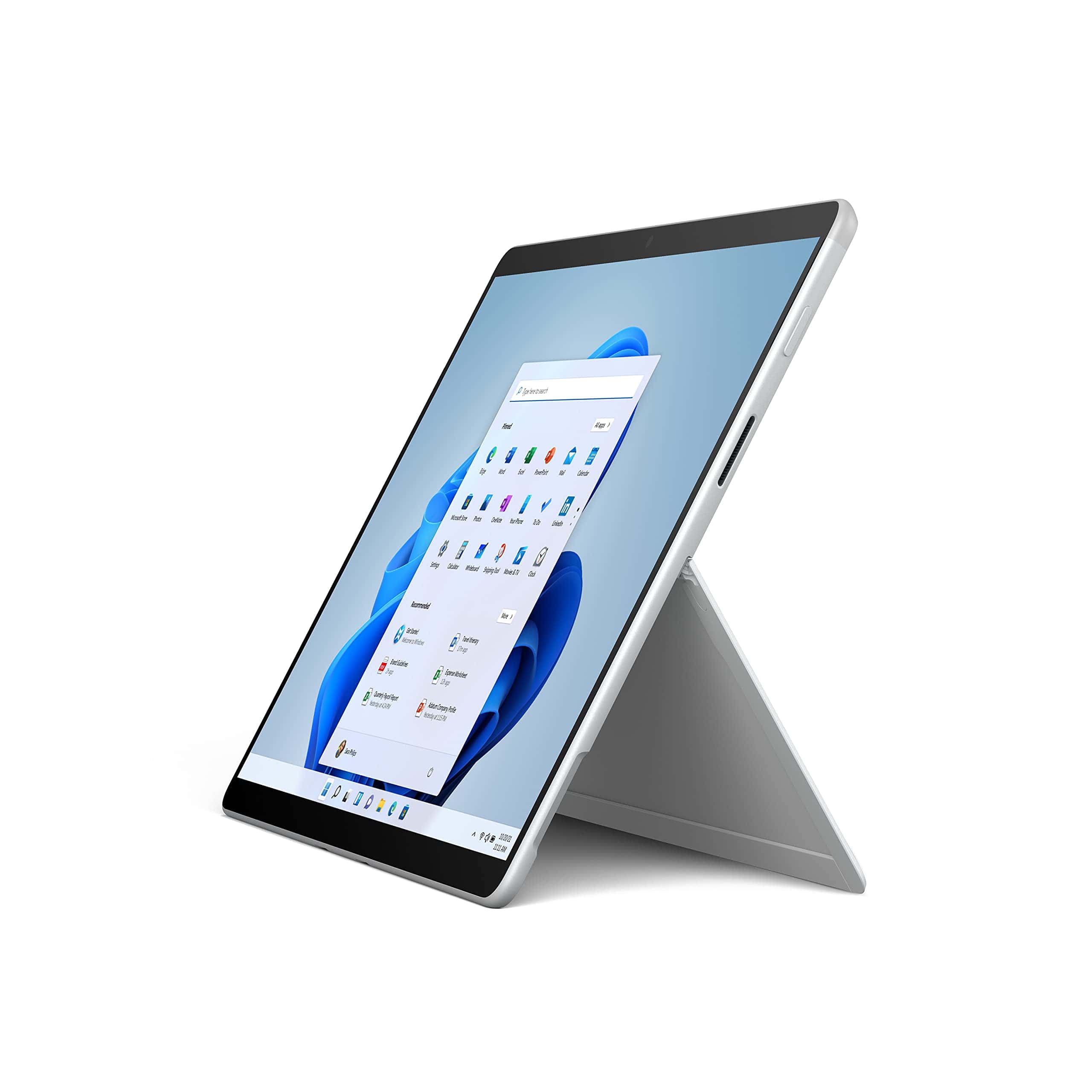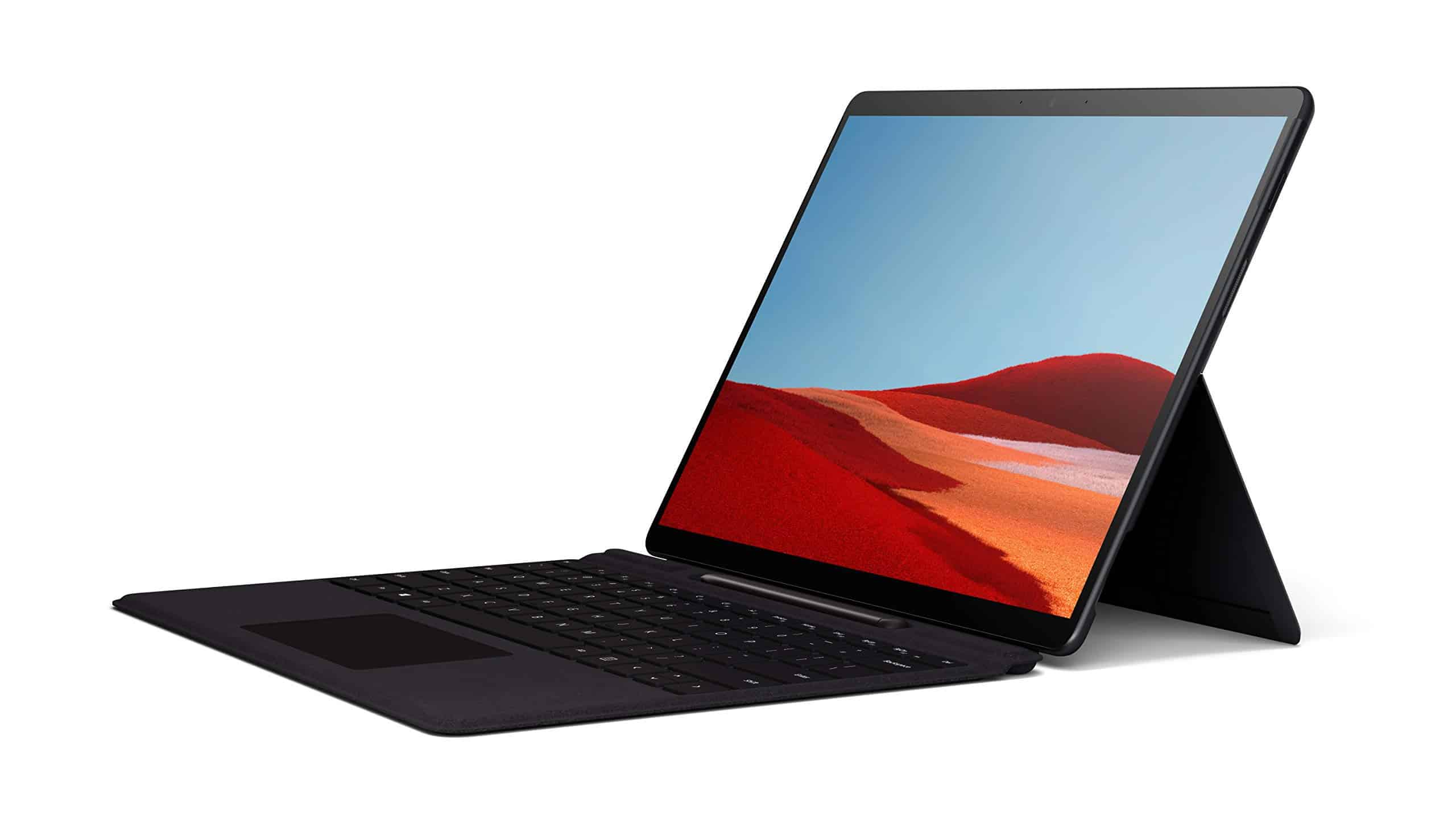The Surface Pro X—Microsoft’s ambitious experiment with ARM-based computing—has officially reached the end of its road. While there hasn’t been a grand farewell, the writing has been on the wall for some time, and Microsoft has now confirmed that firmware support for Surface Pro X SQ1 and SQ2 models will conclude on August 10, 2025. That date marks not just the end of updates, but the quiet sunset of a product line that aimed to redefine mobile productivity in the Windows ecosystem.
The Surface Pro X: A Bold but Bumpy Evolution
When Microsoft unveiled the Surface Pro X in late 2019, it marked a significant shift in the company’s hardware philosophy. This was not just another Windows device—it was a statement. Partnering with Qualcomm, Microsoft introduced custom ARM-based processors dubbed SQ1 and later SQ2, promising longer battery life, instant-on functionality, and built-in LTE connectivity.
At just 7.3mm thin, with a 13-inch edge-to-edge PixelSense display, the Pro X was strikingly modern. Combined with a removable SSD, up to 16GB RAM, and support for the Slim Pen and Surface Signature Keyboard, it was a sleek alternative to the bulkier Intel-based Surface Pro models.
But for all its hardware appeal, the Surface Pro X struggled with the same core challenge that plagues many ARM-based Windows devices: app compatibility. While Microsoft steadily improved x86 emulation, the performance gap—especially with heavier legacy applications—persisted. For many, it simply wasn’t the reliable productivity tool they needed.

How Microsoft Shifted Gears
Rather than doubling down on the Surface Pro X as a standalone product, Microsoft opted to integrate its key innovations into the broader Surface Pro lineup. This pivot became clear with the launch of the Surface Pro 9 in 2022, which for the first time offered both Intel and ARM-based variants under the same banner.
In 2024, Microsoft doubled down on this integration with the launch of the Surface Pro 10 for Business and the Surface Pro 11th Edition. These newer models introduced Qualcomm’s more advanced Snapdragon X Plus and X Elite chipsets, which not only improved performance but also enabled cutting-edge AI-powered features through Microsoft’s Copilot+ PC initiative.
This shift didn’t just mark a product transition—it signaled Microsoft’s broader strategy of making ARM a first-class citizen in the Surface ecosystem rather than a side project. By eliminating the Surface Pro X as a separate identity, Microsoft simplified its product portfolio and placed the focus squarely on user choice within the unified Surface Pro family.
Specs Snapshot: What the Surface Pro X Brought to the Table
- Processors: Microsoft SQ1 (2019), Microsoft SQ2 (2020)
- Display: 13″ PixelSense Display (2880×1920)
- Storage: Up to 512GB removable SSD
- RAM: 8GB or 16GB LPDDR4x
- Connectivity: Integrated Gigabit LTE Advanced Pro (optional)
- Form Factor: 2-in-1 detachable with Signature Keyboard and Slim Pen support
The End of Support: August 10, 2025
With the final firmware update coming this August, Surface Pro X devices will no longer receive security or feature updates. While the hardware will remain functional, its long-term viability as a daily driver will diminish, especially as new software demands grow.
What’s Next: The Surface Pro’s Future with AI and ARM
Looking forward, the Surface Pro 11th Edition is Microsoft’s clearest answer to where ARM is headed. Built with Snapdragon X Elite chips, it boasts dramatically improved AI processing power, a gorgeous OLED display, enhanced battery life, and deeper Copilot AI integration. Microsoft is positioning these devices as “Copilot+ PCs,” aiming to make them more intelligent, responsive, and capable than ever before.
Additionally, Intel’s upcoming Lunar Lake processors are expected to appear in future Surface devices, bringing features like anti-reflective screens and native 5G support. This multi-architecture approach gives users flexibility while pushing forward both ARM and x86 technologies.
Final Thoughts
The Surface Pro X may not have been a mainstream hit, but it was undeniably influential. It tested the waters for ARM in the Windows world, set a new standard for design and portability, and laid the groundwork for what would become the next evolution of Surface Pro devices. Its DNA lives on in the Snapdragon-powered Surface Pro 11—and that’s a legacy worth noting.
Microsoft Surface Pro X: Technical Specifications
The Microsoft Surface Pro X is a versatile device that blends the functionality of a laptop with the portability of a tablet. Its sleek design is characterized by thin dimensions, making it an attractive choice for those who need performance on the go. The Surface Pro X measures 11.3 inches by 8.2 inches and has a depth of just 0.28 inches. These compact dimensions underscore Microsoft’s commitment to creating a device that is not only powerful but also easy to carry.
With its light frame, this 2-in-1 device weighs a mere 1.7 pounds when separated from the keyboard cover. This lightweight design does not compromise the robust features and performance expected from Microsoft Surface products. Users experience a balance of efficient productivity and convenience, making the Surface Pro X a notable contender in the market for professional-grade tablets that double as laptops.
- The Surface Pro X combines a laptop’s performance with a tablet’s portability.
- Measuring just 0.28 inches thick, it offers a slim design ideal for mobility.
- At 1.7 pounds without the keyboard, it remains lightweight yet powerful.
The Surface Pro X combines a slim design with powerful hardware and a variety of multimedia and connectivity features.
Dimensions and Build
Surface Pro X boasts a sleek structure with measurements that make for easy portability. Its dimensions are 11.3 inches in width, 8.2 inches in height, and a mere 0.28 inches in depth (287 mm x 208 mm x 7.3 mm). The device is lightweight at 1.7 pounds (774g), not including the cover, which contributes to its ease of transport.
Display Characteristics
At the heart of the Surface Pro X’s visual experience is a 13-inch PixelSense Display. This screen offers a resolution of 2880×1920 pixels, achieving a high pixel density of 267 PPI. The aspect ratio stands at 3:2, and the display supports 10 point multi-touch, making it intuitive for users to interact with.
Hardware and Performance
The device operates on the Microsoft SQ1 and SQ2 processors, which are the result of a collaboration between Microsoft and Qualcomm. These chips are ARM-based, enhancing the device’s performance and efficiency. Users will find up to 16GB of LPDDR4x RAM for multitasking needs, and storage options can go up to 512GB, providing ample space for files and applications.
Connectivity Options
In terms of connectivity, the Surface Pro X shines with its LTE Advanced Pro capabilities, including both nano-SIM and eSIM options. It also includes USB-C ports and boasts Wi-Fi 6 for fast wireless internet access, along with Bluetooth 5.0 for connecting a range of devices wirelessly.
Software and Compatibility
The tablet runs on Windows 10 Home on ARM, and for business models, Windows 11 Pro on ARM. These versions allow for a seamless experience with familiar desktop apps, Microsoft Edge, and Microsoft 365. Features like Xbox Game Pass Ultimate are also available for a richer software experience.
Multimedia Features
The Surface Pro X delivers a strong multimedia experience with stereo speakers and dual far-field studio mics. It includes a 5.0MP front-facing camera with 1080p full HD video, and a 10MP rear-facing camera with autofocus that supports 4k video.
Safety and Security
Security on the Surface Pro X is assured with Windows Hello face sign-in and a built-in TPM chip for enterprise security. These features guarantee that a user’s data stays protected and private.
Accessories and Extras
Surface Pro X supports a range of accessories that expand its usability, such as the Surface Pen and Surface Slim Pen for note taking and drawing. The Surface Pro Signature Keyboard and Surface Type Cover provide a comfortable typing experience. Additional connectivity is offered by the Surface Connect port and compatibility with Surface Dock.







